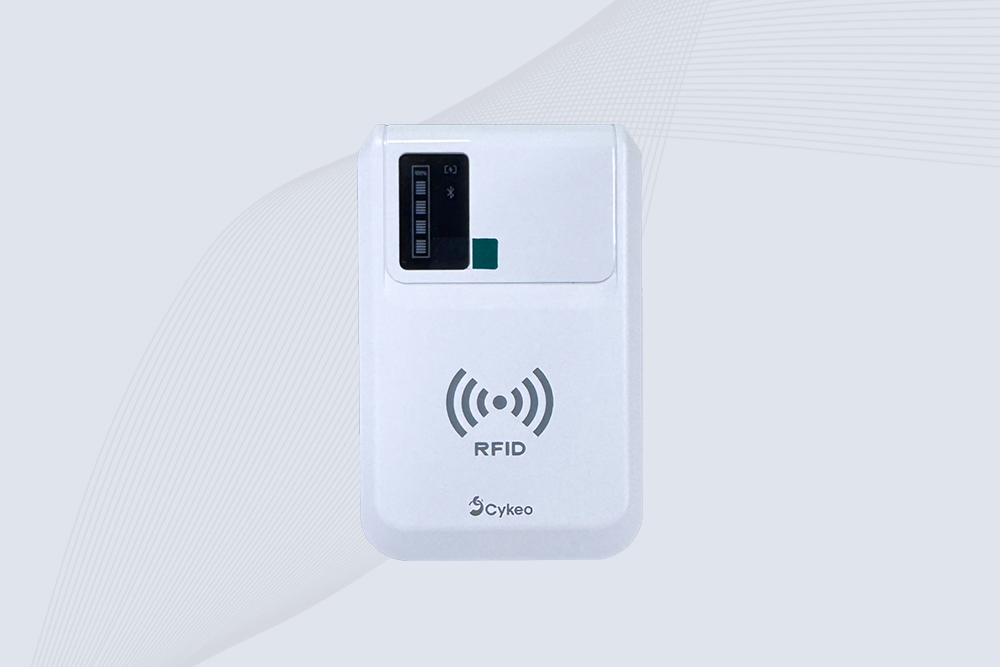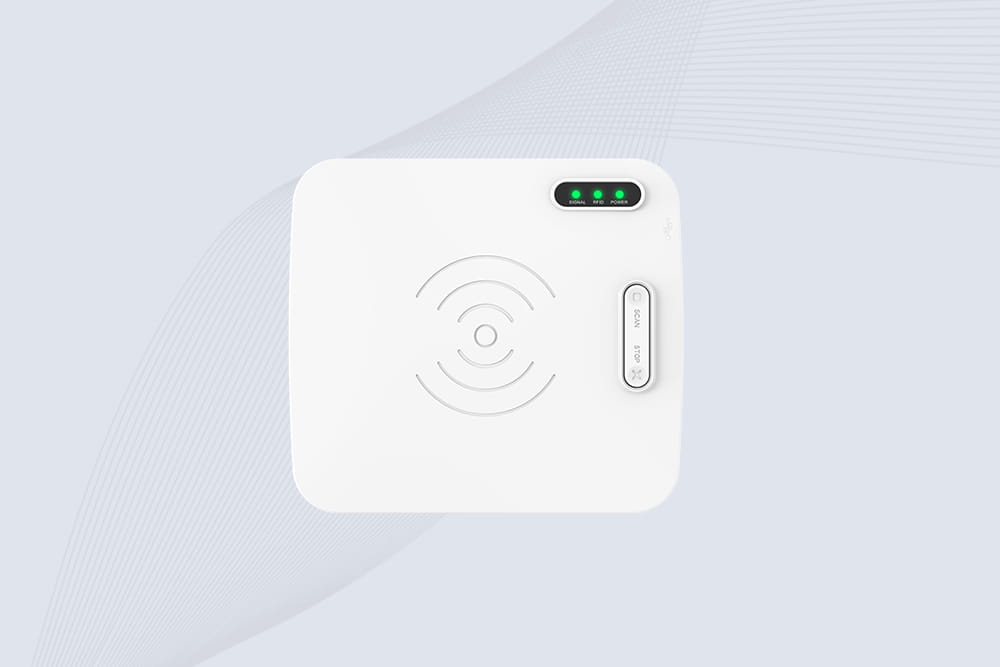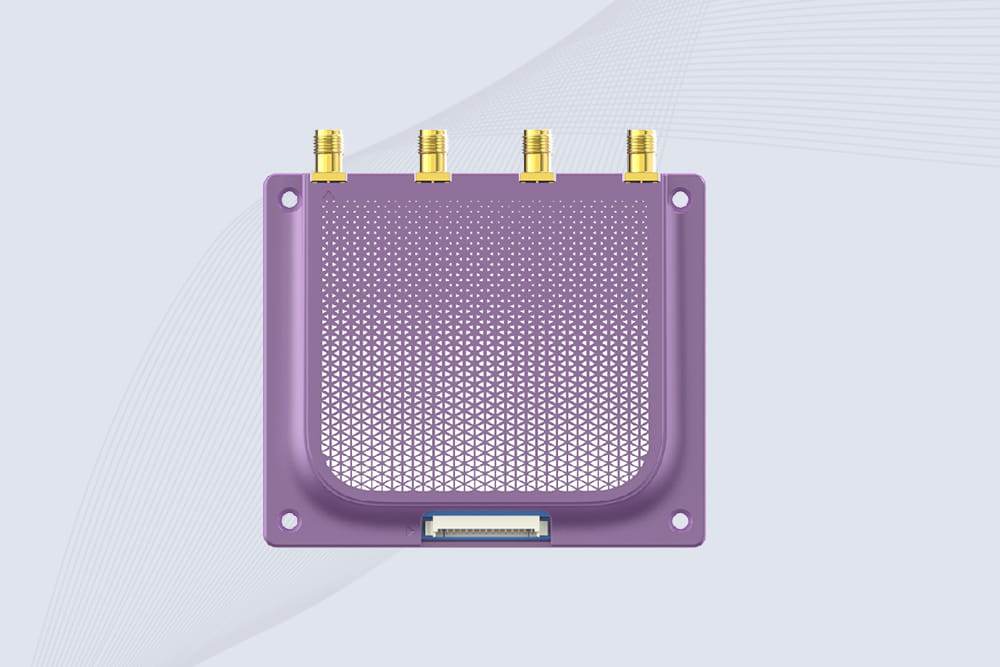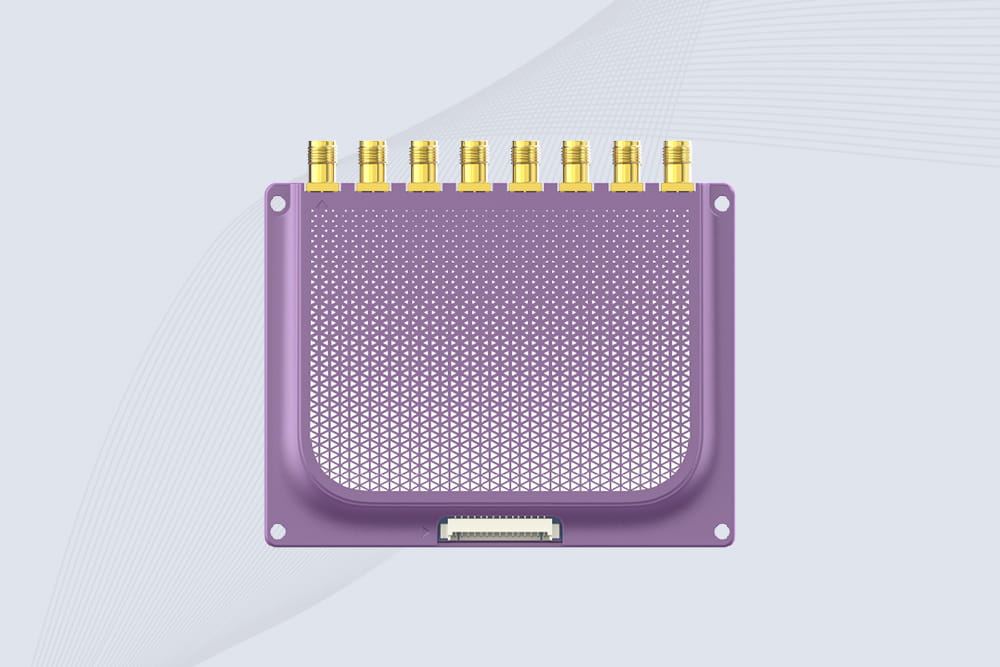The Real Cost of Owning a Handheld RFID Scanner: Breaking Down Expenses and ROI
464Discover the hidden costs of handheld RFID scanners—hardware, software, maintenance, and more. Learn how to calculate ROI and avoid budget surprises.
MoreAll RFID Product
In the global push to ensure food security and improve public service efficiency, the E Ration Card Management System with RFID has emerged as a key tool for optimizing food distribution and preventing resource waste. For social welfare initiatives and intelligent management systems, understanding how this technology works and the value it brings is essential to seizing market opportunities and providing effective solutions for governments, institutions, and enterprises. Below is a detailed look at its working principles, core advantages, and practical applications.

When cardholder uses their e-ration card at distribution point, the RFID reader emits a radio frequency signal to activate the card. The chip in the card modulates and transmits the stored data back to the reader. The reader then receives and decodes the information to verify the user’s identity and their ration entitlements.
Once verified, the system updates the card and backend database in real time based on the type and quantity of food distributed. It also logs transaction details such as time and location. Additionally, the system can analyze consumption data to detect irregularities—for example, if a card is used to collect excessive rations multiple times within a short period—helping to prevent fraud and misuse of resources.

Accurate Identity Verification:
Each RFID card has a unique, hard-to-duplicate code. When combined with biometric technologies such as fingerprint or facial recognition, the system effectively prevents impersonation and unauthorized collection, ensuring accurate distribution of resources.
Efficient and Convenient Service:
The contactless, fast reading process reduces waiting times at distribution points. Users can also check their ration balance and transaction history online, greatly enhancing the overall experience.
Real-Time Data Monitoring:
The backend platform provides real-time visibility into food distribution progress and inventory status across regions. This helps government authorities quickly adjust rationing policies and optimize resource allocation.
Cost Control and Anti-Counterfeiting:
The system lowers labor costs and reduces the need for paper and printing materials. In addition, the built-in anti-counterfeiting features of RFID cards help prevent resource loss caused by fake ration cards.

Government Welfare Programs:
In regions with high demand for food distribution, such as India and parts of Africa, the system helps governments efficiently manage food subsidies and ensure vulnerable populations receive essential support.
Corporate Employee Benefits:
Large enterprises use the system to manage meal vouchers and material distribution for employees, improving the efficiency and transparency of internal welfare programs.
Emergency Relief Distribution:
During natural disasters or unexpected crises, the system enables fast and accurate allocation of relief supplies to affected communities, minimizing confusion and preventing resource waste.
Campus Canteen Management:
Students use e-ration cards to access meals, allowing schools to track consumption data, manage food supply, and ensure food safety with traceable records.

Needs Assessment & Planning
Define the scope of the project—number of beneficiaries, types of rationed goods, and coverage area. Use this information to design the system architecture.
Hardware Deployment
Purchase and install RFID readers and e-ration cards. Set up the database servers and backend management platform.
Data Entry & Training
Input cardholder data into the system and train staff on operational procedures, system usage, and equipment maintenance.
System Testing & Optimization
Conduct pilot testing to check system stability and data accuracy. Gather feedback and refine system functionalities as needed.
Official Launch & User Onboarding
Fully implement the system, promote user adoption through public awareness campaigns, and offer technical support and after-sales service.
System Compatibility
Ensure seamless integration with existing government platforms and financial systems to avoid isolated data silos.
Data Security
Use encryption technologies to protect user privacy and transaction data. Regularly back up the database to prevent data loss.
Device Maintenance
Establish a routine inspection and maintenance schedule. Promptly address reader malfunctions or damaged cards to maintain uninterrupted service.
Evaluate Technical Capabilities
Choose vendors with strong R&D capabilities and proven RFID solutions to guarantee system reliability.
Refer to Successful Case Studies
Give preference to suppliers with successful implementation experience in similar projects, such as government welfare programs, to minimize risks.
Ensure Robust After-Sales Support
Vendors should provide services such as installation, system calibration, staff training, and 24/7 technical support to ensure long-term system stability.
Check International Certifications
Ensure that hardware products are certified (e.g., CE, FCC) and comply with technical and regulatory standards in your target market.
The RFID-based E Ration Card Management System is transforming global resource management and public welfare services. Whether you’re a government looking to enhance service delivery or an organization seeking efficient internal distribution, this system offers tremendous potential.
If you’re interested in deploying an E Ration Card Management System with RFID, feel free to contact us for tailored solutions.

Cykeo CK-B5L portable RFID reader iPhone offers Bluetooth 5.0 connectivity, 500 tags/sec scanning, and IP54 ruggedness for retail/warehouse/medical asset tracking.

Cykeo CK-D1L Pro RFID USB reader delivers 200 tags/min encoding via USB 3.0, featuring driver-free operation, ESD protection, and SDK support for Windows/Linux/Android systems.

Cykeo CK-M4L UHF RFID module delivers 10m read range, 400 tags/sec scanning, multi-protocol support, and rugged IP67 design for manufacturing/logistics automation. Compatible with PLC, Raspberry Pi, and IoT systems.

Industrial-grade 8-port UHF module RFID with 400tags/sec throughput, 33dBm power output, and -40℃~85℃ operation range. Supports ISO 18000-6B/C and GB/T29768 protocols for manufacturing/logistics automation.
Discover the hidden costs of handheld RFID scanners—hardware, software, maintenance, and more. Learn how to calculate ROI and avoid budget surprises.
MoreConsidering RFID book tags? Learn how libraries reduce losses, speed up checkouts, and manage inventory efficiently with real-world examples.
MoreWhat's the real cost of an RFID file tracking system? Get transparent 2025 pricing ranges, key cost factors, and ROI insights for businesses. No surprises.
Moreprovide detailed analysis from the perspectives of installation preparation, methods, and precautions.
More